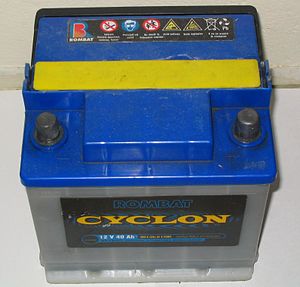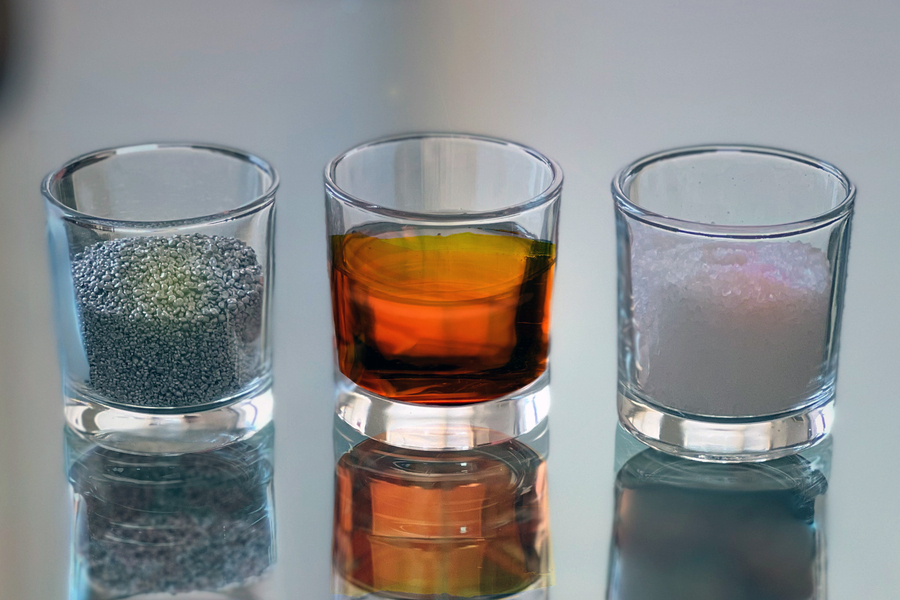
Suppes said his battery design could cut the cost by at least half
A University of Missouri professor is in the process of developing a new car battery that he believes will be the breakthrough needed to put more electric cars on the highway.
“This probably is the important technology that will allow vehicles to pull into a station and recharge in a reasonable amount of time,” said Galen Suppes, a professor of chemical engineering. “This has the potential to be game-changing.”
The key to his “convection” battery is a pump that helps reactant flow faster between the two sides of the battery, rather than relying on natural movement, he said. That produces more power output.
Think of it like ingredients in a mixing bowl. Leave them alone, and they’ll eventually settle together, but stirring makes the process happen faster. The pump “is doing the equivalent of stirring,” Suppes said.
In studies, the battery provided about six times as much power output as traditional batteries without the pump.
Electrical energy is relatively inexpensive and abundant in the United States, but the high cost of batteries has limited the ability to use it for transportation. Suppes said his battery design could cut the cost by at least half.
“Basically, it can lower battery costs — both materials costs and manufacturing costs — while at the same time increasing performance,” said Michael Gordon, a graduate student who’s working alongside Suppes. “So you have a lighter, cheaper and better battery.”
Suppes and his research team have been working on the convection battery since 2008 and have received funding from the National Science Foundation and the California Energy Commission. Definitive data have been collected that validate the battery’s increased power output and recharge capabilities, he said.
Patents are pending on the invention, and Suppes said the battery could be commercialized by as early as the end of 2014.
Read more . . .
Bookmark this page for “convection battery” and check back regularly as these articles update on a very frequent basis. The view is set to “news”. Try clicking on “video” and “2” for more articles.








